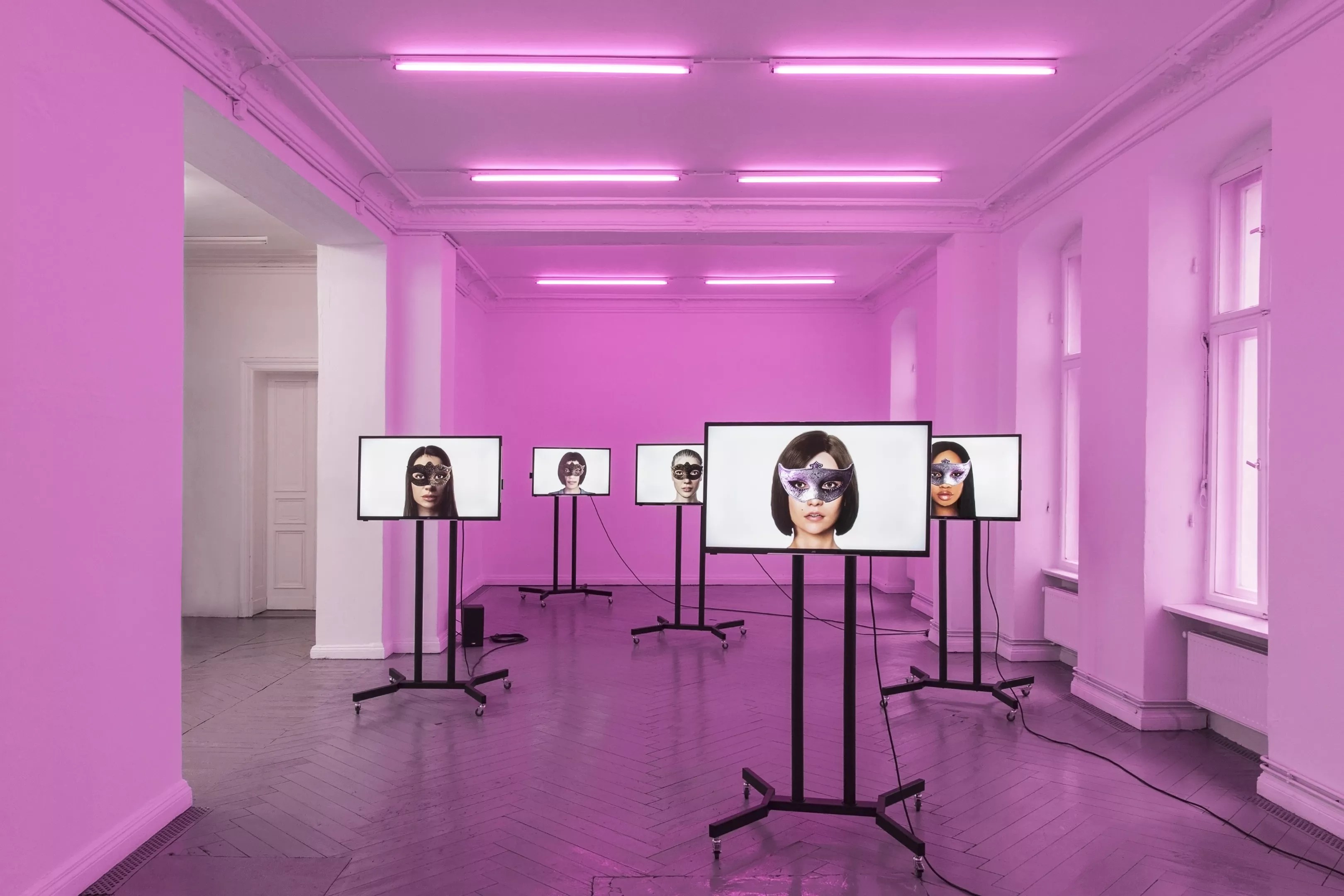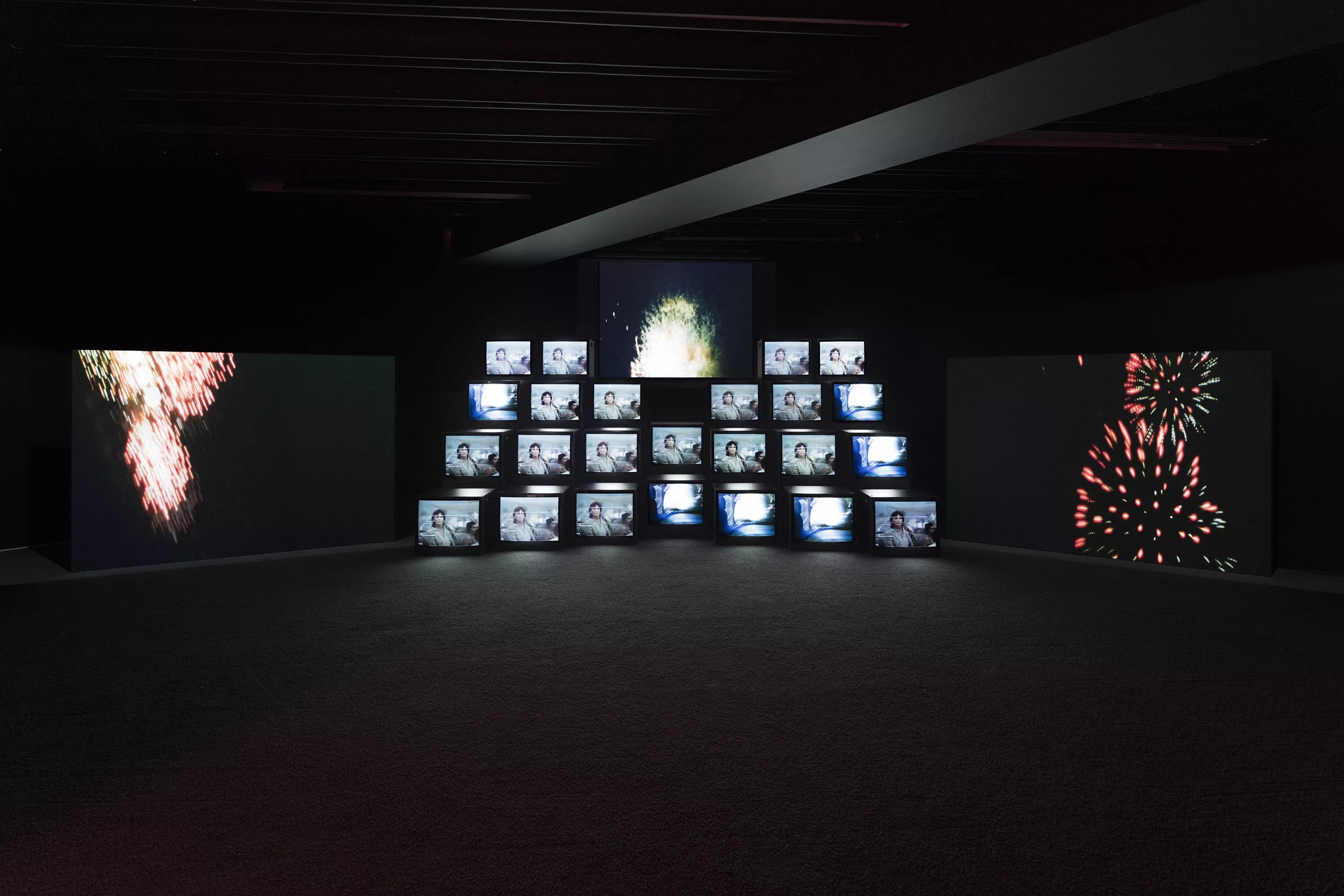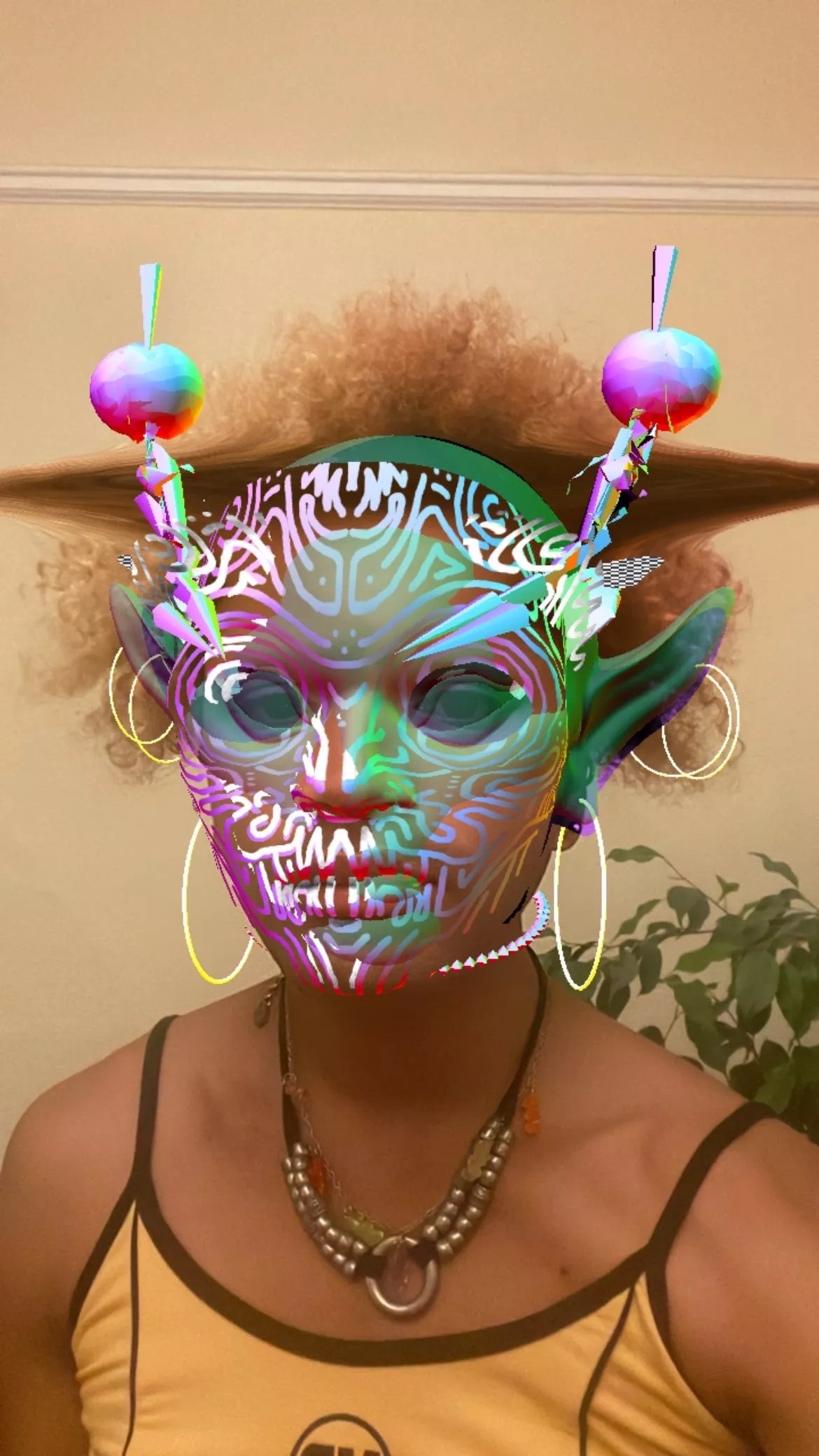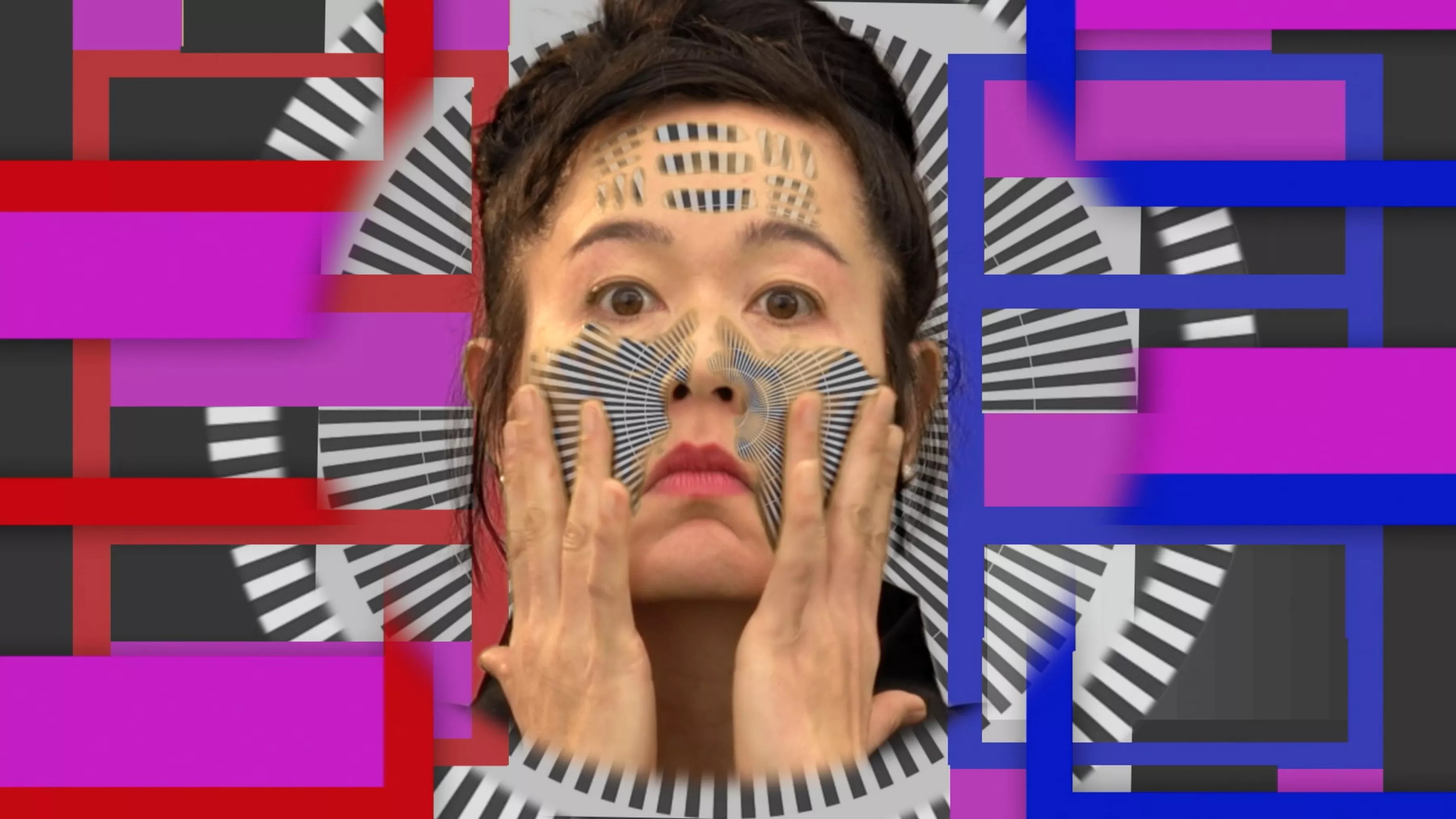
Medien Gruppe Bitnik

Audio By Carbonatix
Whether you’re an aspiring TikTok star, an aging Instagram influencer or a boomer who likes to argue on Facebook, how you present yourself via a screen is an undeniable part of modern life.
The ambitious I’ll Be Your Mirror: Art and the Digital Screen at the Modern Art Museum of Fort Worth takes a comprehensive view of the way the real world has intersected for good (and evil) with cyberspace through artwork spanning from the late ’60s to the present day. Modern curator Alison Hearst found herself initially drawn to the topic when trapped behind her own screen during the pandemic.
“The show really came about when I was having to look at art through my computer and having to meet the artist that way,” she says. “I’ve always been the type who has to see everything in person. It posed new challenges but also opened up new possibilities. This was also a time we were really thinking about how to pivot the museum, and myself and another colleague came up with a program, Modern TV, where we had different videos from the collection online. I’d already had a long interest in art intersecting with technology. I think everybody was really on board with this idea because it was one we could all relate to.”
Hearst decided to begin at the beginning, pulling the show’s earliest works – Frederick Hammersley’s computer-generated ink drawings – from 1969, the year when 650 million people first gathered around our so-called “electronic hearth” to watch the moon landing.
“That was the first moment that people were experiencing something together collectively through a screen,” Hearst says. “That’s the framework I started to hone in on. But there were several artists I felt were absolutely pertinent to the presentation. I really wanted Andy Warhol’s ‘Omega’ drawings because Warhol is someone everyone is familiar with – he’s often experimented with new technology. People like that felt like a very important link to me.”

Gretchen Bender’s “Total Recall” is my iPhone when I forget to close tabs.
Gretchen Bender
Hearst lent another Warholian nod to the exhibition’s name. Chosen from a Velvet Underground song that founder Lou Reed wrote to prop up singer Nico’s ego, “I’ll Be Your Mirror” is a title that perfectly reflects the narcissism and insecurity inherent in modern digital culture.
“I liked [it] for many reasons,” says Hearst. “The Velvet Underground song came out a couple of years prior to where the exhibition’s chronology started and was produced by Andy Warhol … but mainly I chose this title for what the idea of the mirror implies in juxtaposition to the screen. Both the mirror and screen reflect back the features of ourselves and society that are not always easily visible. Of course, the show, Black Mirror, is also conjured too.” Divided into sections that range from “Liminal Space” to “Turning a Mirror on Ourselves,” the exhibition is a travelogue through the modern age, proving that artists who embrace technology often presage a soon-to-be-commonplace moment in culture.

What it feels like after you watch your fifth makeup tutorial in a row.
Huntrezz Hologram
For example, Hasan Elahi’s “Thousand Little Brothers v8,” a project the artist initially undertook after being put under surveillance post 9/11, is a collage of images of Elahi’s meals, beds and GPS coordinates. The resulting mural feels like an average culinary lover’s Instagram feed. And Petra Cortright’s sly “VVEBCAM” (2007) video could resemble any bored camgirl’s social media missive when viewed through a 2023 lens.
“I think it is funny that a lot of things even predate social media,” says Hearst. “Everyone thought Hasan was crazy for taking photos of his meals, and now everyone does it. Petra’s work was also quietly subversive. Viewers today might not see the subversion of it, but it is a very important part of that conversation. A lot of things cross over; they’re very prescient. You can look back at them, and they have new meaning in the [modern] context.”
There are playful moments in the show. It’s hard to resist trying on trans-femme artist Huntrezz Jano’s “Hologram Mythography” and “Tinsel Polycarbonate” augmented-reality filters, and Kristin Lucas’ animated “fLARmingos” beg the observer to get behind the screen to frolic alongside pixelated AR birds. But works like these only serve as a reprieve before installations such as Arthur Jafa’s “White Album” hit the viewer with the horror and violence inherent in racial tension.
“Kristin Lucas is creating this lovely experience with flamingos and elevating the human experience with the bird’s experience through technology, but there’s also a lot of work talking about the effects of how harmful technology has been to the environment,” says Hearst of her curatorial dichotomy. “I tried to keep both sides active throughout the show. I really feel like, just in our relationships with screens, there are good and bad moments. Screens connect us with each other, but they’re also a space where hate can fester.”
As of 2021, the average person spends five hours daily on smartphone apps. By examining the beauty and the banality of the digital experience, Mirror‘s most significant legacy may be to pull any modern-day Narcissus away from the digital pool to connect with their fellow humans – away from a screen.
I’ll Be Your Mirror: Art and the Digital Screen is on view at the Modern Art Museum of Fort Worth, 3200 Darnell St., through April 30.

“How Not To be Seen,” by Hito Steyerl is one of the works in the show.
Hito Steyerl